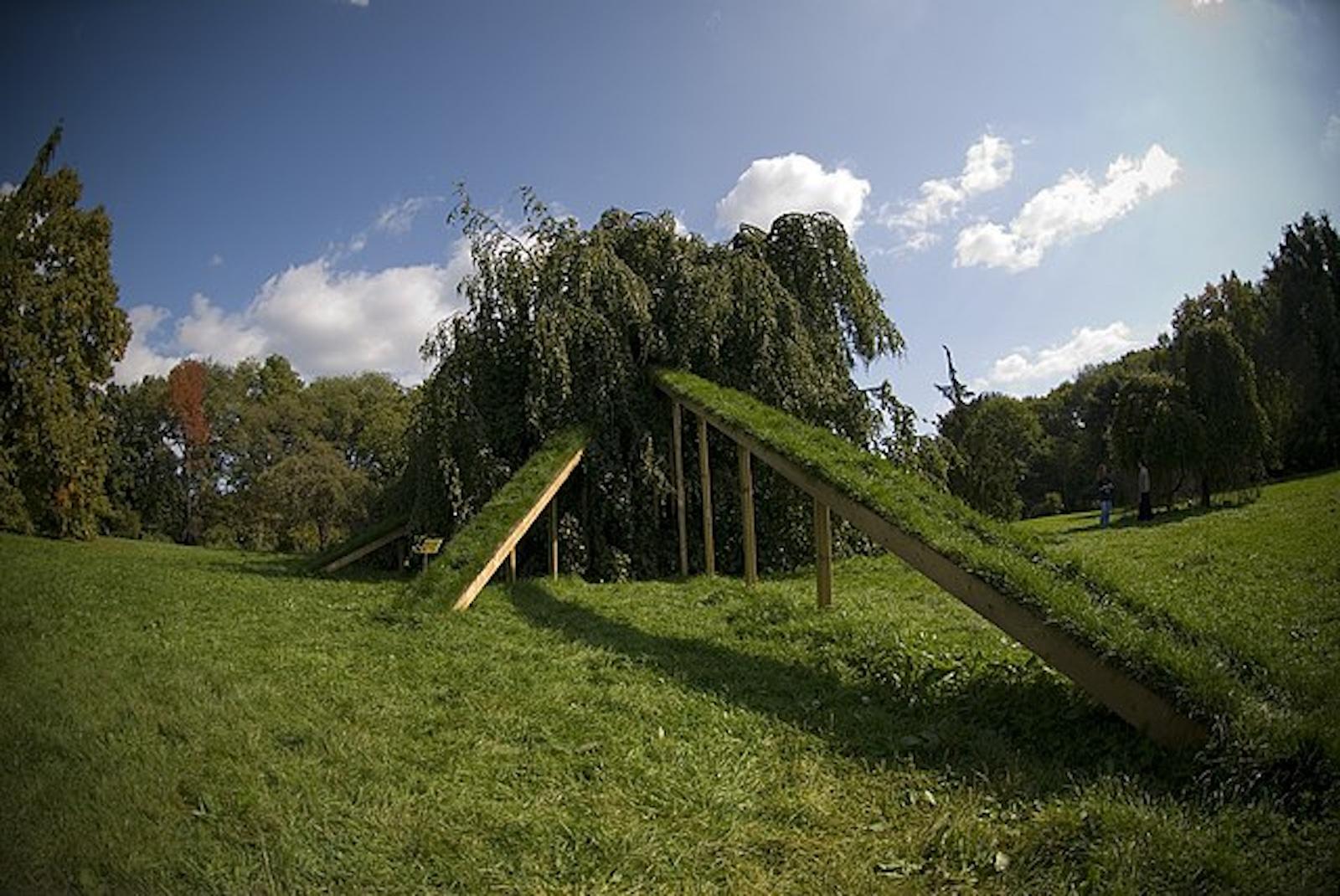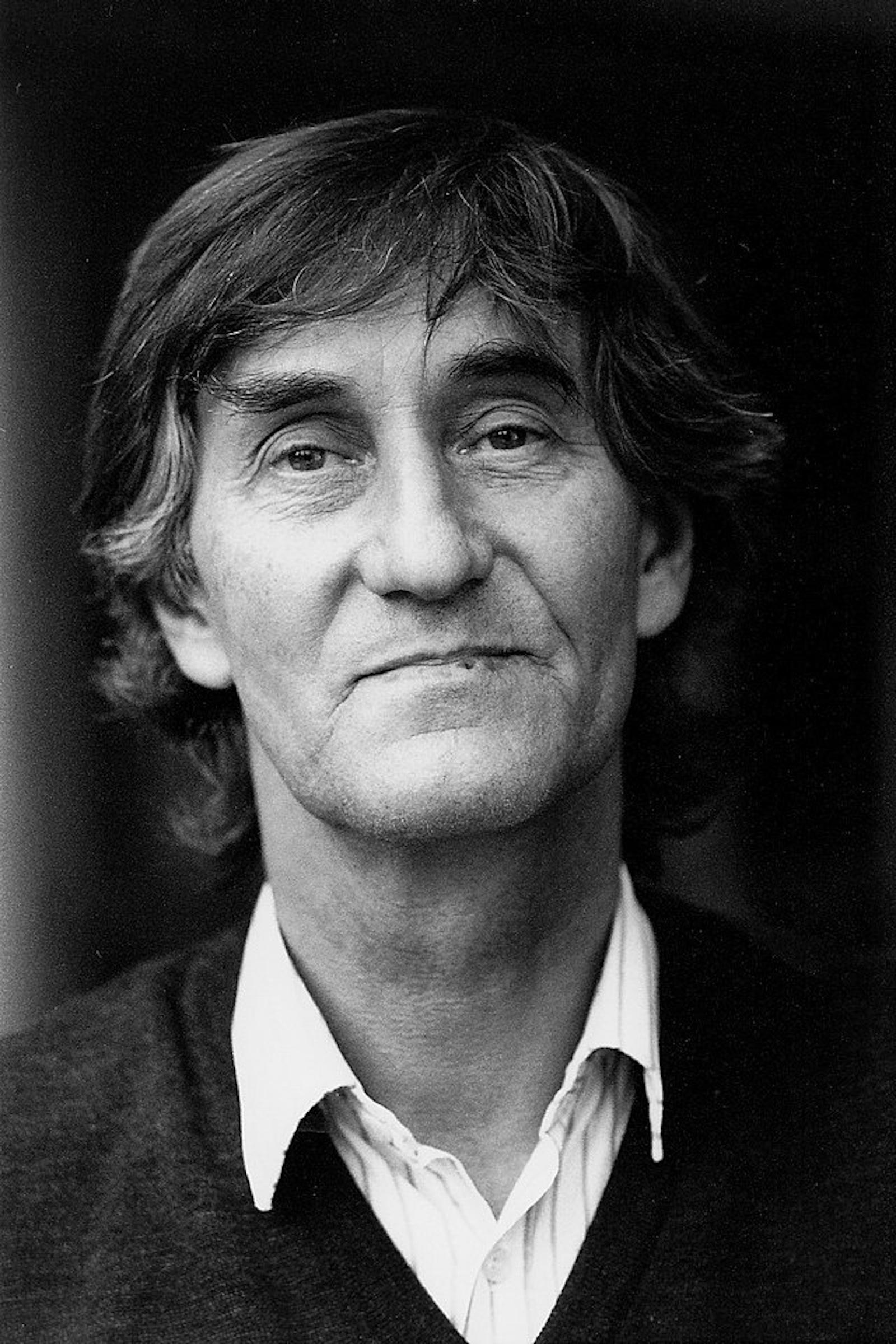However, environmental art can be quite the double-edged sword. The works are often deconstructed after some time, and with their location generally far from civilization, some may deem it inaccessible. This inaccessibility thus diminishes its impact. To combat this, many artists utilize photography to capture the essence of their work and display it in galleries. Nils-Udo, a German artist born in 1937, was one of the first to foster this balance between environmental art and his camera.
Starting out as a painter, Udo quickly transitioned to working in, and with, the natural elements as a way to emphasize the connection between Earth and its people. Udo’s artworks are usually centered around a specific landscape and integrate raw materials with those of synthetic quality as well.
The creation of nests is a leading force in Udo’s wheelhouse, as they symbolize finding a home and comfort in the Earth. In 1978, Udo constructed one of his first larger-scale pieces of environmental art, “The Nest”, in a heavily-wooded area in Germany. It was built out of birch trees, rocks, and stones, and was eventually photographed by Udo to be put on display.





























